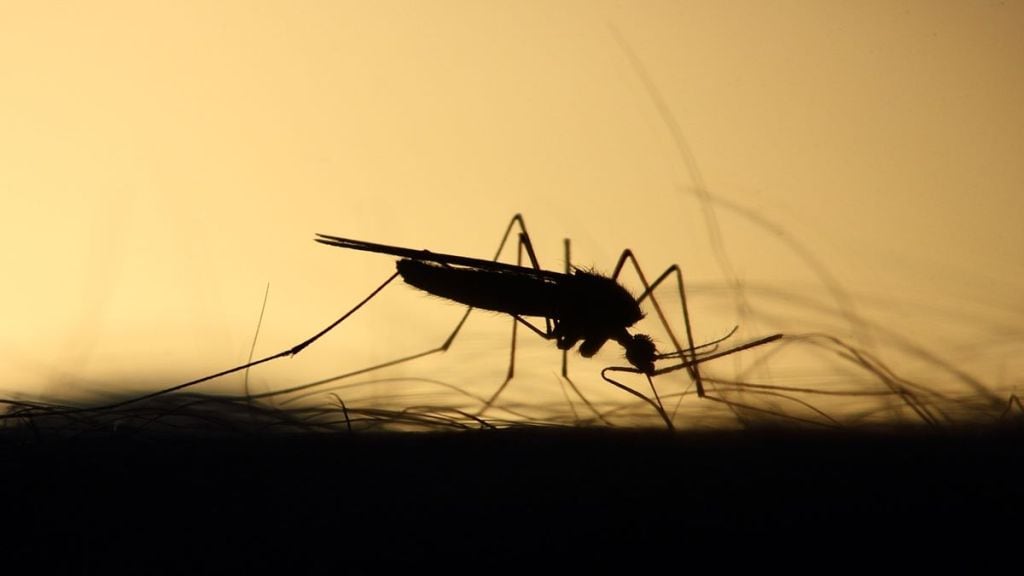Chikungunya virus outbreak India: Chikungunya continues to wreak havoc in Pune as the cases of the mosquito-borne disease is rising. According to the scientists of the National Institute of Virology, the current spike in Chikungunya caused by the Indian Ocean lineage of the virus.
The announcement is based on analysis of patient samples and preliminary genome sequencing data. Reportedly, the ‘Indian Ocean Lineage’ of the Chikungunya virus first emerged in investigations into mass outbreaks on islands in the Indian Ocean in 2006. The same year, the island of Reunion was one of the worst hit with the mosquito-borne disease.
Dr Prasad Kuvalekar, internal medicine specialist at the DPU Super Speciality Hospital, Pimpri, Pune told Financial Express.com that several factors are contributing to this rise:
- New Mutated Virus Strain: There is information that a new subtype of the virus is more dangerous and leads to paralysis, blackened nostrils, and nerve damage.
- Lack of Insecticide Spraying: Either, there has been a lack of proper insecticide spraying in areas that the disease-carrying mosquito’s breed.
- Underreporting: This simply means that actual quantity of cases is being concealed something that does not let professionals to find the real outbreak.
- Seasonal Factors: Chikungunya outbreaks usually come every five to six years and this year’s monsoon season has also favoured breeding of mosquitoes.
Regarding Chikungunya’s proportion to rest of the illnesses, the general percentage cannot be given since accusations of low reporting exists, Dr. Kuvalekar told Financial Express.com.
However, there is consensus with experts that over the past few years, the dominant virus in Pune has been Chikungunya, which is even more severe than dengue or Zika in the sense that, one has to be hospitalized in this case, he said.
And while the Chikungunya cases are on the rise, it appears that the virus is not ready to bow down, as new cases crop up each day.
To protect yourself from Chikungunya here are some Do’s and Don’ts:
DO:
- Use insect repellents and wear protective clothing
- Eliminate standing water around homes to prevent mosquito breeding
- Seek medical attention immediately if symptoms persist
DON’T:
- Omit signs or make use of professional advice later
- Let water to build up in and around the housing structures.
- Disregard the disease as not being severe.
‘Vector-borne diseases are increasing’
Dr Anita Mathew, Director-Internal Medicine, Fortis Hospital, Mulund told Financial Express.com that chikungunya cases has had a steady increase almost everywhere in State.
“As per the available data the cases are almost up by three to four times as compared to last year. The possible reason for the spike in cases and the severity is the Indian lineage of the virus which has been responsible in the past too for severe outbreaks, as per the initial sequencing report from NIV – ICMR-National Institute of Virology, Pune,” Dr. Mathew said.
This year the total number of mosquito vector borne diseases has gone up. Hence the most important thing to do would be to look at vector control and possible reduction in the breeding sites, she said.
“The treatment for the virus is only supportive and the complications can come up in certain individuals who are susceptible and which isn’t preventable. Some of the neurological complications are difficult to manage and require intensive care management and does have a higher mortality. There is a vaccine for Chikungunya approved in November 23 in the United States,” Dr. Mathew told Financial Express.com.
The best way to tackle this disease and other mosquito borne disease is to look at preventive strategy in terms of vaccination as well as better infrastructure, detailed surveillance and reduction of mosquito breeding. A comprehensive government and community effort is the need of the hour, she added.


